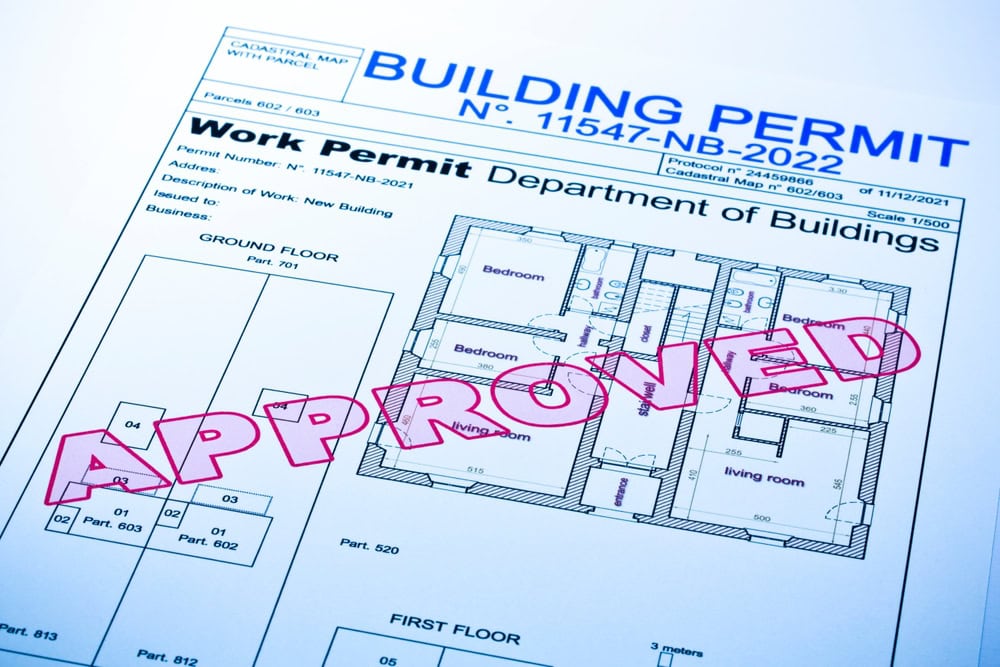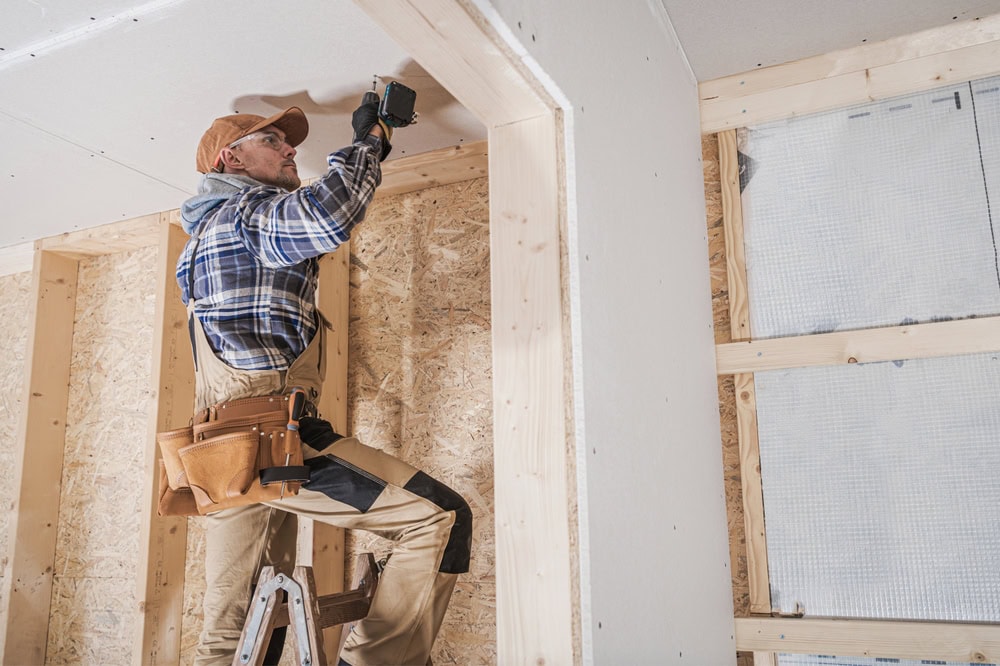Do You Need Workers’ Compensation Insurance As A Construction Contractor in California?
What Is Workers’ Compensation Insurance? Workers’ Compensation Insurance – often referred to simply as workers’ comp – is a type of insurance designed to provide financial and medical protection to employees who suffer job-related injuries or illnesses. This insurance is similar to liability insurance but is specific to people. If (and when) someone gets hurt … Read more










